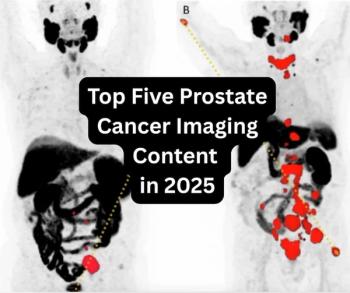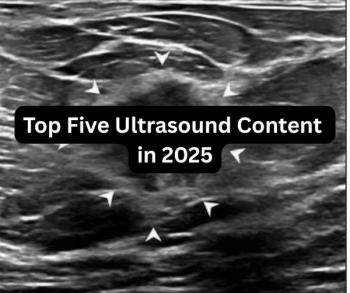
Soft demand for CT creates buyers’ market
As researchers and clinicians gather to discuss the latest developments in advanced CT imaging, it is ironic that the new capabilities on exhibit here could become more affordable than ever for those in a position to acquire them.
As researchers and clinicians gather to discuss the latest developments in advanced CT imaging, it is ironic that the new capabilities on exhibit here could become more affordable than ever for those in a position to acquire them.
Vendors last year had the worst year for sales in recent memory and 2009 is shaping up to be worse yet. The top CT executive from Toshiba America Medical Systems predicts that industry-wide revenues this year will fall to about $800 million dollars, a level not seen in a decade.
What's bad news for the makers of CTs, however, is good news for buyers. Prices for CTs are softening. The best deals may be found in the hardest hit area, the class of CTs utilizing between 32 and 64 channels. Once the flagships of the CT community, these scanners now are mid-tier, having been pushed down in the hierarchy by scanners offering 256 and 320 slices per rotation.
The number of 64-slice scanners sold to U.S. customers fell about 15% from 2007 to last year, according to industry estimates. The average price paid slipped about 10% last year compared with 2007 to around $1 million or less.
Some newer high-performance systems, however, may offer hard-to-resist deals. With a finger on the slowing pulse of the marketplace, major vendors have designed brand new scanners that fill the gap between their 64-channel devices and ones offering 256 or 320 slices. Adding to the appeal of these scanners is their ability to upgrade to superpremium status in the field. One such scanner is Toshiba's Aquilion Premium, a 160–detector-row scanner that can be upgraded to the company's 320-channel Aquilion One.
"You really have to listen to the people out there and try to tailor a solution that allows them to get the equipment they need," said Doug Ryan, senior director of the CT business unit of Toshiba America Medical Systems.
Vendors are also engineering systems that address specific issues in CT. One issue of special concern is patient radiation dose. Some vendors have integrated dose-saving technologies into new products, such as those built into GE's Discovery CT750, which can cut dose by 50%. Siemens designed its newly released Somatom Definition Flash to generate high-quality images at minimal dose while providing the option of dual-energy scanning. The company claims its Flash can cover the entire thorax in less than a second and scan the heart at submilliSievert dosage.
"We have to develop new technologies that make a difference for the patient," said Andre Hartung, vice president of CT marketing for Siemens Healthcare. "Therefore it is not a specification race but a race to improve clinical performance."
Newsletter
Stay at the forefront of radiology with the Diagnostic Imaging newsletter, delivering the latest news, clinical insights, and imaging advancements for today’s radiologists.




























